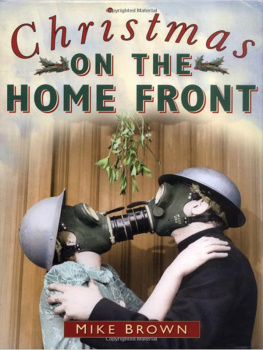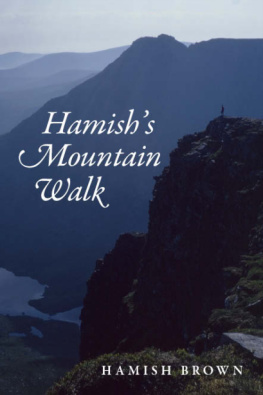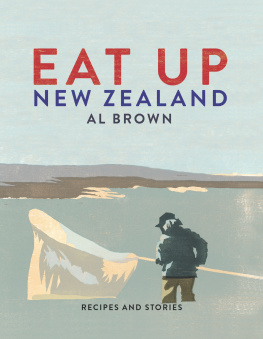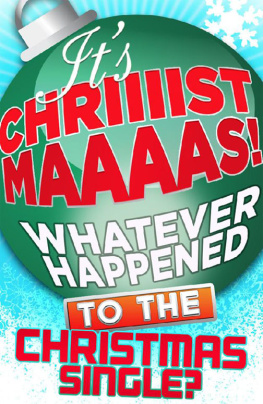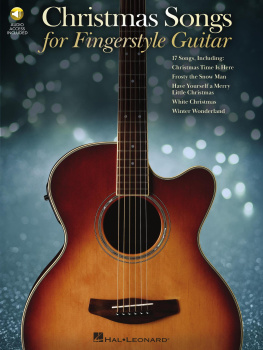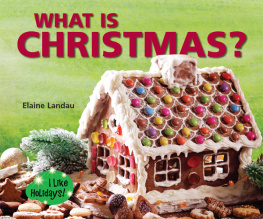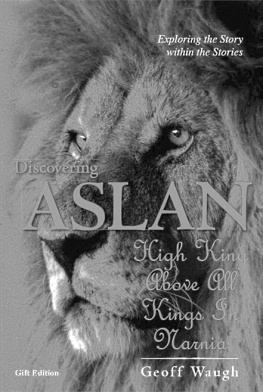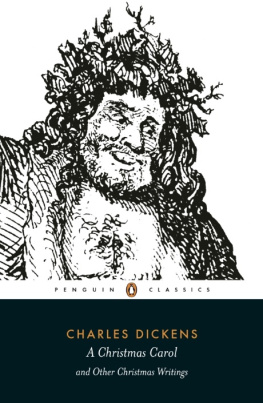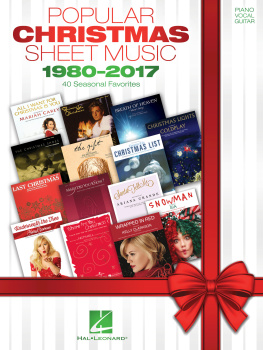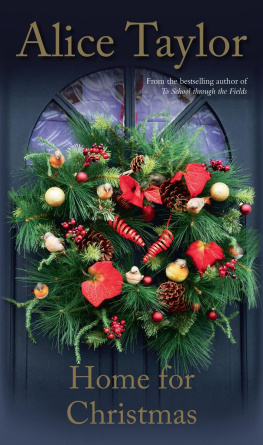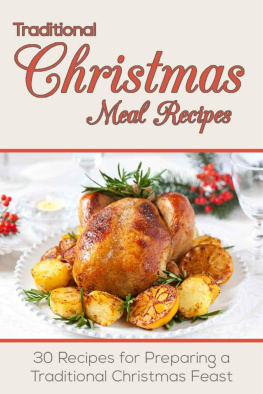
Christmas
ON THE
HOME
FRONT
MIKE BROWN
THE HISTORY PRESS
First published in 2004 by Sutton Publishing Limited
Reprinted in 2007
The History Press
The Mill, Brimscombe Port
Stroud, Gloucestershire, GL5 2QG
www.thehistorypress.co.uk
This ebook edition first published in 2013
All rights reserved
Mike Brown, 2004, 2013
The right of Mike Brown to be identified as the Author of this work has been asserted in accordance with the Copyrights, Designs and Patents Act 1988.
This ebook is copyright material and must not be copied, reproduced, transferred, distributed, leased, licensed or publicly performed or used in any way except as specifically permitted in writing by the publishers, as allowed under the terms and conditions under which it was purchased or as strictly permitted by applicable copyright law. Any unauthorised distribution or use of this text may be a direct infringement of the authors and publishers rights, and those responsible may be liable in law accordingly.
EPUB ISBN 978 0 7524 9548 4
Original typesetting by The History Press
Contents
Acknowledgements
I would like to take this opportunity to thank the following people who so kindly shared their memories with me: Grace D., Dorothy Adcock, Arnold Beardwell, John Bird, Jackie Burns, Margaret Cordell, Margaret Cushion, Jenny DEath, Brenda Dudley, Bryan Farmer, Paul Fincham, Georgina Foord, Raymond Gibbons, Robina Hinton, Mrs Elizabeth Hobson, Mrs Janet Houghton, Doreen Isom, Doreen Last, Joan Letts, Roy Littler, Nita Luce, Norman Mallins, Brian Martin, Patricia McGuire, John Middleton, Sybil Morley, Grace Newman, Grace Newsom, Mike Owen, Margaret Peers, Wendy Peters, Yvonne Pole, Roy Proctor, Ernie Prowse, Betty Quiller, Lily Roberts, Doreen Robinson, Vera Rooney, Mrs Sewell, Vera Sibley, L.E. Snellgrove, Margaret Spencer, Eric Stevens, Les Sutton, Mrs B.W. Thomson (who kindly loaned the photograph on page 134), Mrs C. Thomson, Elizabeth Toy, W.J. Wheatley, Edith Wilson, Mrs D. Wilkins and Donald Wood.
Photographs: Associated Press 76, Crown Copyright 44, Empics 104, Hulton Archive/Getty Images 97, Lewisham Local History Unit 160, London Metropolitan Archives 4, 31, London Transport Museum 73, 165, N.I. Syndication 20, Radio Times 58, 69 99.
Photographs and illustrations from contemporary publications: Aero Modeller 122, The Beano (courtesy of D.C. Thompson & Co. Ltd) 39, Columbia Record Guide 158, Daily Herald 176, Daily Mirror 80, Film Pictorial 153, Gifts You Can Make Yourself 177, 178, Good Housekeeping 47, Home Notes 33, Illustrated 125, Kent Messenger 51, Landgirl 162, Motor Cycling 107, 132, 138, Needlewoman & Needlecraft 124, Punch 92, Sunday Dispatch 38, 41, Woman & Home 45, 54, Womans Own 17, Womens Pictorial 13, Womans Weekly 156.
Finally I should like to thank the following people who have been so helpful to me: Nina Burls of the Royal Air Force Museum, Hendon, Ben Howard of the Sayers Croft Evacuation Group, and Matthew Ray of the Shaftesbury Society, my editor Clare Jackson, and as ever, William, Ralph and Carol.
Introduction
The nation has made a resolve that, war or no war, the children of England will not be cheated out of the one day they look forward to all year. So, as far as possible, this will be an old-fashioned Christmas in England, at least for the children.
Ministry of Information short film, Christmas under Fire (1940)
When war broke out in September 1939 it was not uncommon, once again, to hear the remark, Itll all be over by Christmas! Actually there would be six Christmases before it really was all over, and in the interim the war would bring about the disappearance of many traditional British festivals. Guy Fawkes night went immediately: all gunpowder production was needed for the war effort and bonfires contravened the blackout. Summer holidays became a thing of the past in 1940 as total war, and Lord Beaverbrook, demanded ever-increasing production. Easter eggs became rare when sugar was rationed and disappeared altogether with sweet rationing. This left Christmas.
One of the biggest problems encountered in any attempt to study Britain during the war can be summed up in the phrase regional variations. Make any statement about food or Civil Defence and you will receive a barrage of responses along the lines of it wasnt like that where I was! The availability of food, for example, varied tremendously, with the countryside generally faring much better than the towns, and for many, mainly in the towns and cities, bombing was a common experience, whereas some rural areas never saw an enemy bomber. Some people saw it as their patriotic duty to follow all the rules and advice issued by the government, while others took a far more fatalistic view: eat, drink and be merry for tomorrow we die! Christmas, however, was one of the few unifying experiences of the war: a festival that was celebrated throughout Britain, in the towns and the countryside, and by rich and poor alike. True, in Scotland as a whole, Hogmanay was a far more important event, probably more so even than today, yet Christmas was also celebrated.
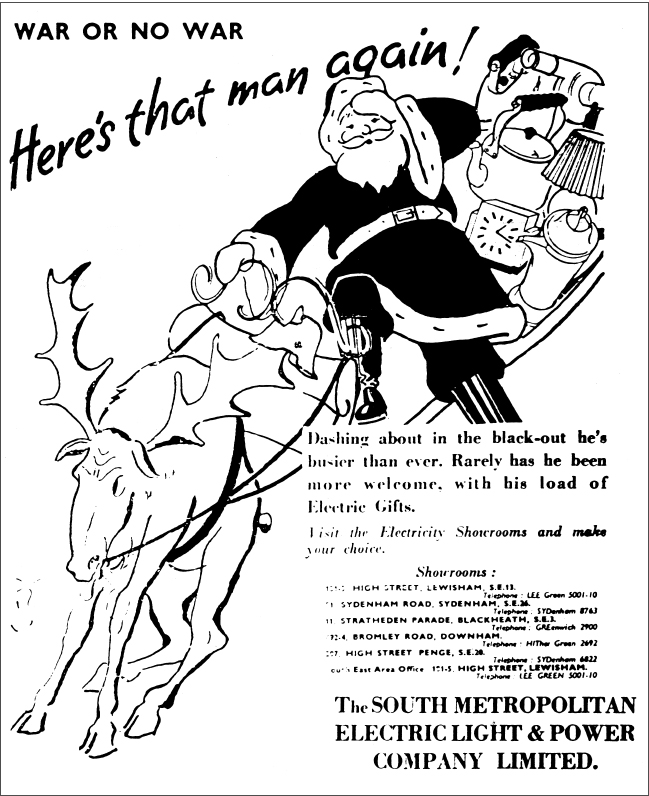
It also has to be remembered that the divide between rich and poor was much bigger in the 1930s and 40s. Make do and mend was, for many families, nothing new; only the middle and upper classes saw such scrimping as a patriotic wartime duty. For many others it had always been a way of life. And we should not overlook the fact that the home-front experience changed as the war went on. Christmas, as a regular fixed event, throws into vivid contrast the changes which happened during the five years of war.
Of course, wartime Christmases need to be looked at from the perspective of their 1930s predecessors: there were fewer presents, a much shorter run up and holiday, and goose was still the traditional main dish. Mike Owen remembers: On Christmas morning Mother would have been up at 6am to begin the preparation of the goose. The pudding took several hours of steaming, the kitchen walls would drip with condensation.
To demonstrate how Christmas changed over the course of the war the book is divided into six main chapters covering consecutive years. Each of the first five chapters also includes a section on a particular topic, such as wartime weddings and Christmas among the evacuees.

ONE
1939
The First Wartime Christmas
Christmas 1939 was in many ways like a pre-war Christmas. There were, of course, emergency restrictions in place that affected the seasonal festivities, particularly the blackout regulations which made the traditional sight of Christmas trees decked with coloured lights, glimpsed through street windows, a thing of the past. One advert ran: As dusk falls, the fairy lights on the Christmas tree outside St Pauls Cathedral will go out we must await Victory to again see them at night in all their colours. The delights of Christmas shopping were somewhat muted as the classic Yuletide shop window displays were unlit by night and obscured by anti-blast tape by day. Shopkeepers complained loudly that the blackout restrictions were curtailing trade, and on 2 December the Ministry of Home Security approved a device to help them. It took the form of a light in a special container, which threw its illumination either up or down and inwards, illuminating shop window displays without casting reflections in the street.
Next page
